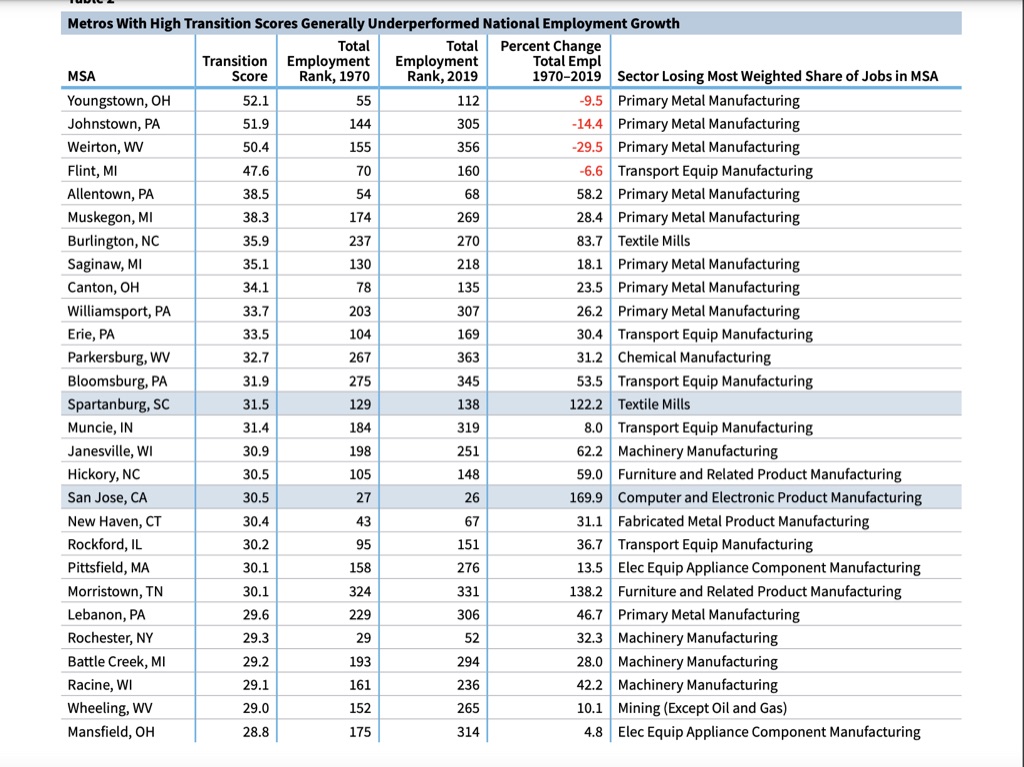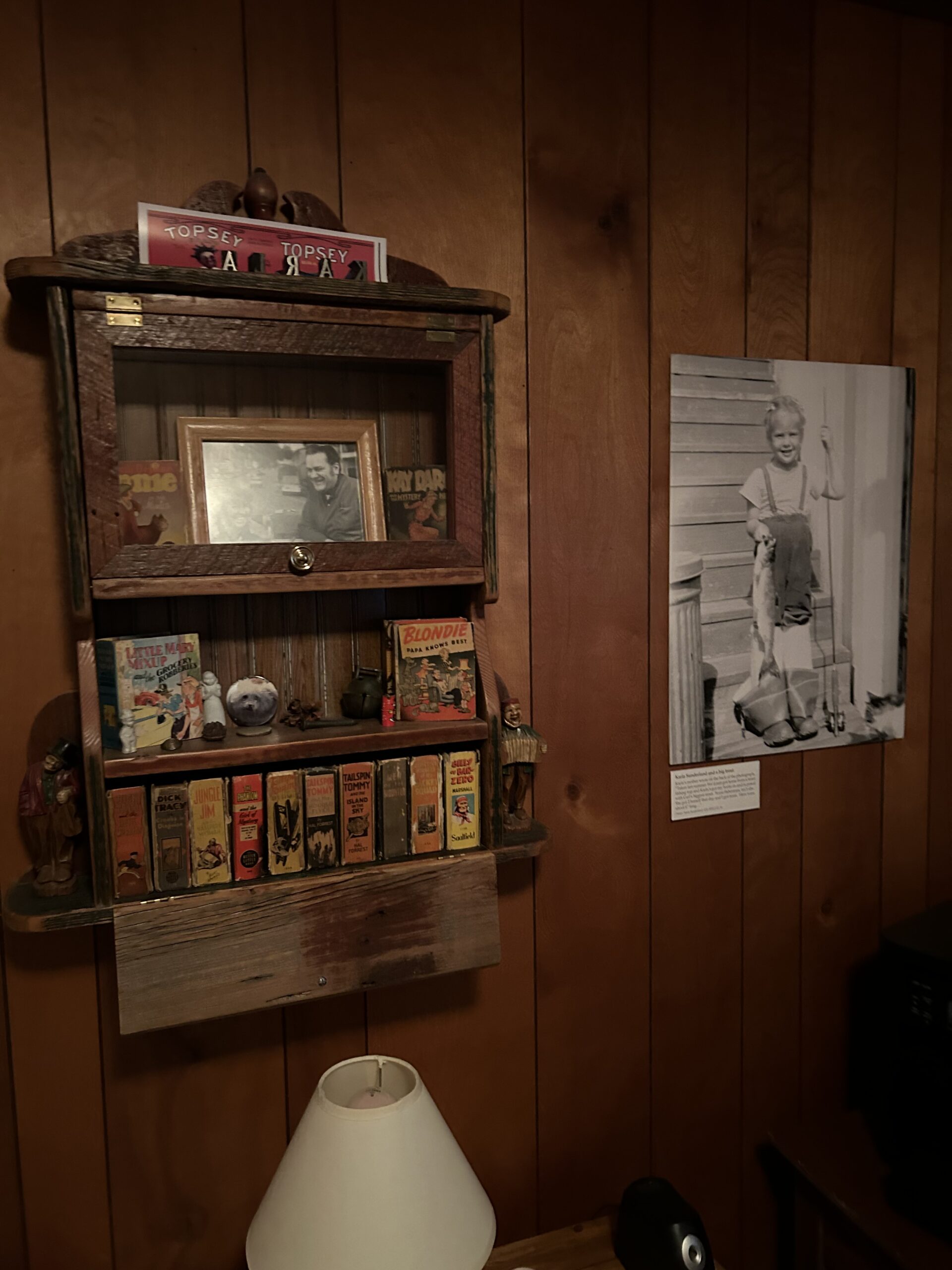The Institute for Local Self Reliance (ILSR) has turned 50 years old. Its mission is to build local power and fight large corporate control through research, advocacy, and community assistance to advance vibrant, sustainable, and equitable cities and towns.
This 11-minute video below provides its history from founding in 1974 in D.C. to its present multi-faceted efforts. The organization became national in the early 1980’s when it opened its head office in Minneapolis.
(https://www.youtube.com/watch?v=Wp_DNUXVDt8&t=108s)
In the 90’s It was an outlier in the world of “bigger is better” and the pull of the global economy on large corporate growth ambitions. However, its focus on local self-reliance regained momentum and focus as the power of monopolies became increasingly questioned, especially its impact on local economic communities.
The Institute’s approach is decentralization emphasizing local control and resisting corporate displacement of independent options. The goal is enhancing freedom and democracy with self-reliant economic projects and political control. Today it has four areas of focus: community broadband efforts, composting, energy democracy and promoting independent locally owned businesses.
While the advocacy and research efforts would seem to make the ILSR a natural ally of credit unions, there appears to be no overt participation in this cooperative financial sector.
Why Local Matters
In an era in which many tout scale as the most important competitive necessity, the real sustainable advantage for most credit unions is their “local” character, identity and related service advantages.
At September 2024, the industry’s call report data suggests that over 87% of credit unions offer some form of on online transaction access. The Internet advantage, no matter how sophisticated, is rarely a sustainable or unique delivery channel or even special user experience. However, being local is.
An Example of a Large, Local Advantage
Recently Jim Blaine has posted several articles on the founding of the country’s second largest credit union, State Employees of North Carolina (SECU). The post below details the founding character and common bond of the credit union.
Almost every state in the country had at least one or multiple credit unions with state employees as their core FOM. But only SECU made the breakout to record this growth achievement versus many states with much larger potential in their employee base.
How was this breakout accomplished? As the credit union’s operations expanded to locations and counties throughout the state, the critical advantage was keeping local input, oversight and responsibility at the branch level. Loans were made and collected by each branch; local advisory boards and committees were formed; employees were local; and the various aspects of community involvement were locally determined. Out of this local self-reliance, the second largest credit union in America was constructed.
Here is SECU’s brief founding story from a post on November 19, 2024 SECU Credit Unions as An Employee Benefit:
“No one questions that credit unions were created in the U.S. to provide access to credit for working men and women – particularly those of “modest means”. Why? Because “back then” many payroll offices were confronted with regular, recurring employee requests for “a short-term advance” prior to payday. Money is always in short supply for most folks – both “back then” and now.
“Not helping an excellent employee in a time of need was “bad for business” and employee relations. Sending them to a loan shark was worse. “Payday lending” at rates usually exceeding 100+% – both “back then” and now – creates a death spiral of financial dependency for a consumer. Shackles not made of iron, but shackles just the same.
.
. …” I owe my soul”... that can be a problem, … beware.
“Employers embraced “company credit unions” as an added benefit which could be used to assist and retain employees. Employers liked having an independent, employee-owned and led lender making the decisions on which employees qualified for loans – choices the employer did not want to make. Employers didn’t want to be in the lending business, nor have to “advance” company funds. To help out, employers frequently provided back office support, payroll deduction, office space and assisted employee-member volunteer leadership of the credit union.
“SECU, although a separate, independent organization, was “the company credit union” for North Carolina state government and the North Carolina school systems. The idea of a credit union as an important employee benefit caught on!
“Other N.C. companies also formed credit unions – R.J. Reynolds, AT&T, IBM, Champion Paper for their employees – as did many municipalities, local post offices, our military, and churches. At its peak, there were 360+ different credit unions in North Carolina, today just 60 remain.
“Is SECU still “the company credit union” for North Carolina state workers? What has changed? In order to know where you’re going, it often helps to know where you have been.”
(End Quote)
SECU’s Relevance for Today
Some of the companies and many of the 360 credit unions referenced in Jim’s blog no longer exist. However, the local communities and their residents are still present—even if now in separate lines of work. Local does not go away.
Local does not mean an effort must remain small. No, local wins because it is built on the ultimate credit union advantage of relationships and self-reliance.
A billion dollar credit union’s car loan, savings account or even mortgage are often a commodity, no different from similar products offered by a ten million dollar institution. The difference is personal, being able to talk with a real person who is familiar with your community and circumstance.
The ILSR has continued to present the power of local solutions and control in its newsletter. A recent article was on grocery prices: High prices are a problem. Here’s how to solve it. Perhaps its opportune for credit unions to align and participate with the work of the ILSR. For it appears to capture the ultimate advantage of a member-owned cooperative-its local identity. control and focus.



 Dear reader,
Dear reader,



